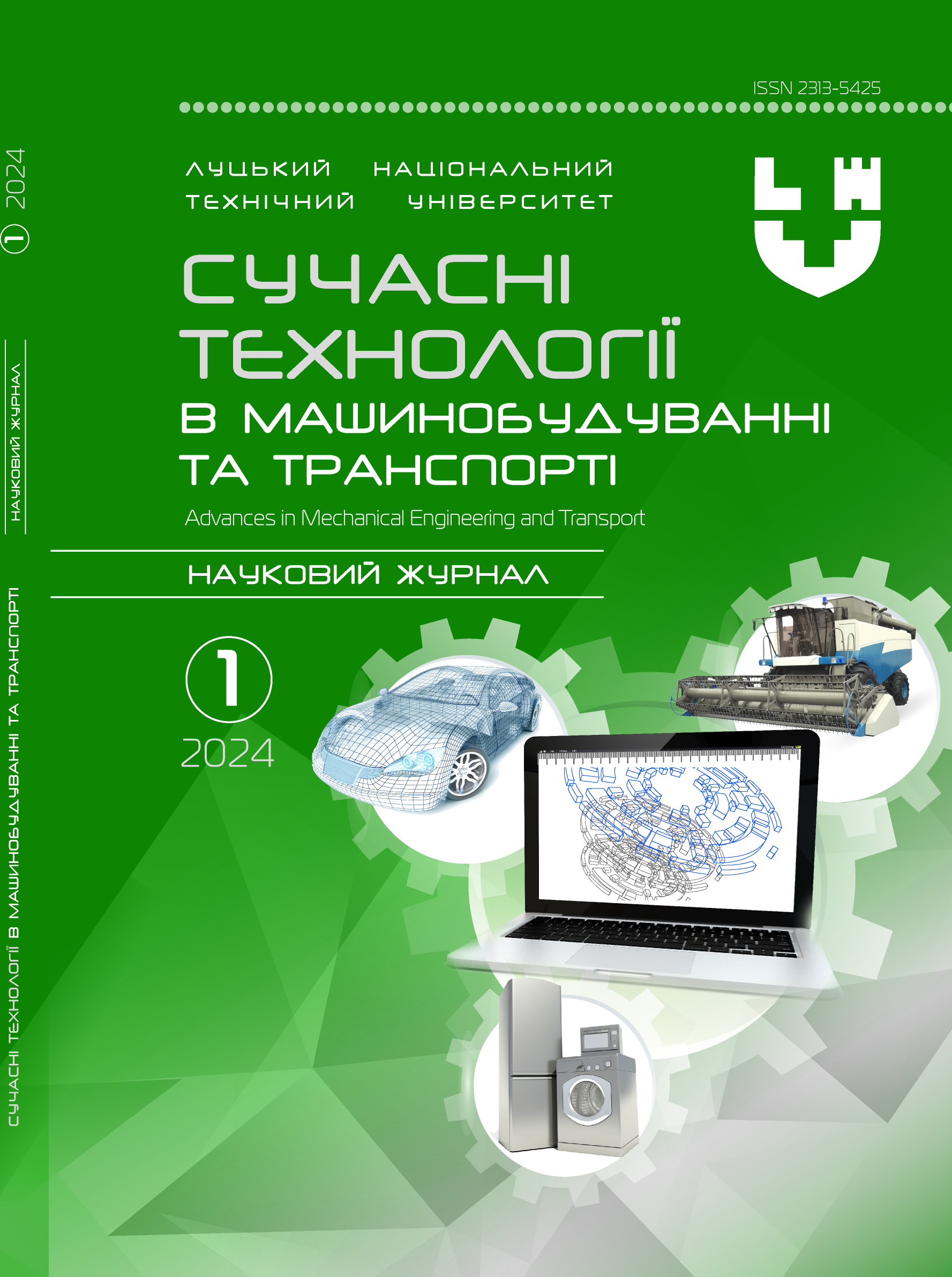Klaster analysis of the level of congestion at public transport stops in ternopil city
Abstract
The paper examines the transport network of public transport in Ternopil. The average value of passenger traffic at public transport stops during peak periods was taken for the study. When determining the loading level of public transport stops, cluster analysis was used. Cluster analysis makes it possible to visually classify public transport stops in Ternopil according to the degree of passenger occupancy. Clusters were formed taking into account the number of passengers at stops and routes at different times of the day (morning, lunch, evening). Cluster analysis was carried out by the k-means method using the STATISTICA 10 software product. The Euclidean metric was chosen to measure the distance of objects in clusters. Ternopil public transport stops were divided into 4 clusters: very busy, high busy, medium busy, low busy. Based on the calculation of the loading of public transport stops, recommendations are provided for updating the network of public transport routes. The results of the research are useful for planning routes and frequencies of vehicles and the use of the number of vehicles on each route, especially during peak hours.
Keywords: cluster analysis, k-means method, passenger traffic, transfer points, transport network, public transport.




